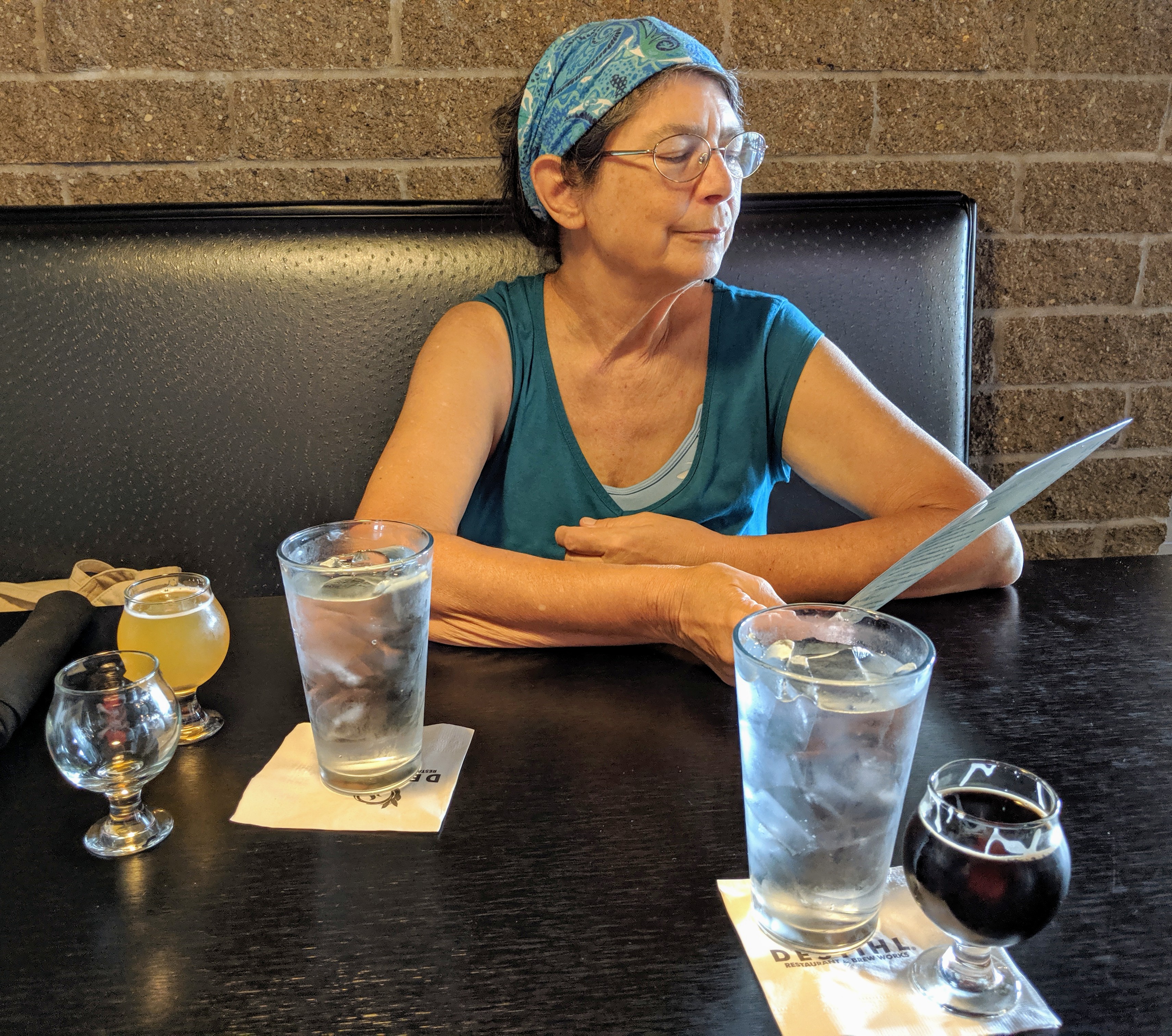
2019-09-18 11:56



Jackie has told me stories of her visits to Kovalam Beach from when she was living in Trivandrum! She was puzzled by your map, though, which seems to show something on the right coast. Isn’t Kovalam on the left coast?
Reply to: Kovalam Bike ride | Srikanth Perinkulam
It is my considered opinion that no article on medical marijuana, CBD, or THC should use the phrase “There is little scientific evidence” without adding “because for decades the federal government prohibited the research that would have produced such evidence.”
I looked for @doctorow’s tweet of this (excellent) article, but his twitter feed was so stuffed with retweets of years-ago articles I couldn’t find one.
A phone that knows about you—but doesn’t tell anyone what it knows about you—would be your interface to a better smart city

This is a test to see if emojis show up in post titles and post content. (Emoji functionality seems quite flaky in comments.)
Some emojis: 🌸💃🧚♀️🧜♀️🌸
(Interesting. They’re there, at least in the preview, but they’re from a different character set than what I see when I paste an emoji from elsewhere. Here’s two I’m typing: 🦔❤️. Yeah: Again not what I see when I pick an emoji via the native special character typing on the Mac; the native Mac hedgehog is facing left rather than forward, and the heart has some fancy tonal shading.)
For my first Micro Monday I’d like to echo @jack recommending @hollyhoneychurch, and recommend my brother @limako (even though he weirdly uses some Drupal thing to grab his twitter feed, turn it into blog posts, and then share that to micro.blog).

I am a little too prone to use black humor to distance myself from the depressing effects of the long, cold darkness of winter, which sometimes leaves people worrying about me unnecessarily. So I thought I’d mention that despite a bit of anxiety over the inevitable turn of the seasons, my mood is currently pretty great.
Beyond just feeling good right now, I’m hopeful. Over the past decade I’ve been handling winters better and better.
The biggest factor, I think, is that I no longer have a job to lose, so I no longer get into the spiral where seasonal depression makes me less productive, making me anxious about losing my job, making me more depressed, making me even less productivity. Sadly, advising others to take advantage of this strategy is not very useful (although I do and will continue to support and advocate for either a citizen wage or a guaranteed job).
Putting early retirement aside as impractical for most people, I thought I’d briefly summarize my other current practices—mostly ordinary coping strategies—both as a reference for myself any time I start to feel my brain chemicals coming on, and perhaps as a resource for other people. Here’s what’s working for me:
I have a few new possibilities up my sleeve:
That’s what I’ve got at the moment, but I’m always on the lookout for things to alleviate seasonal depression.